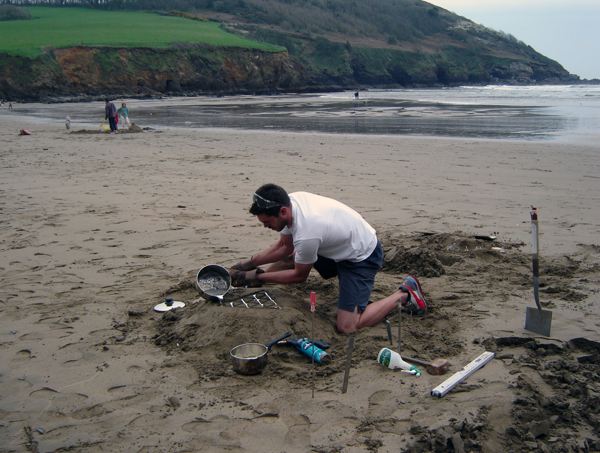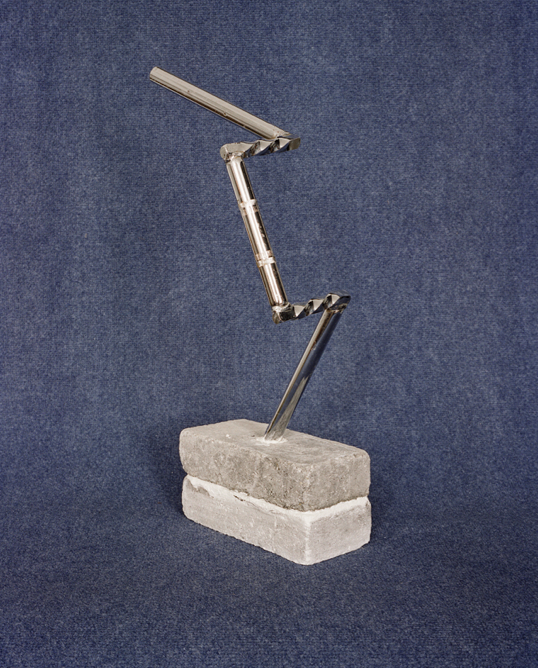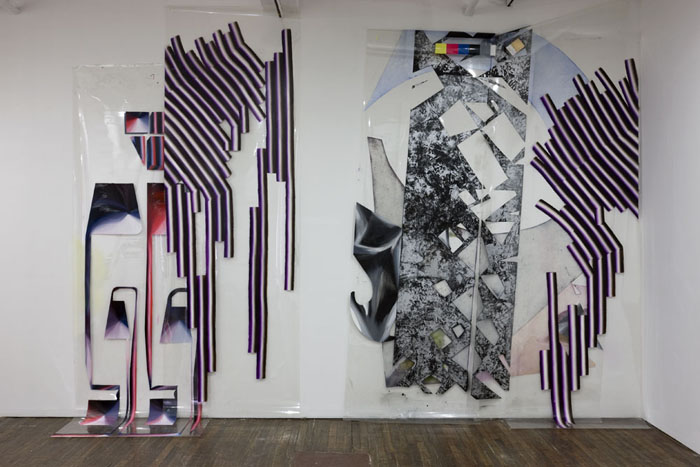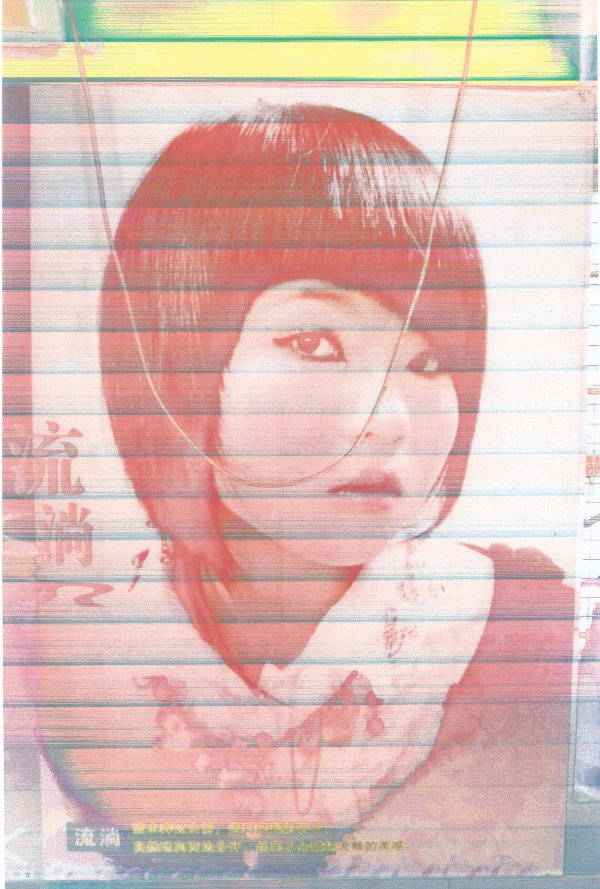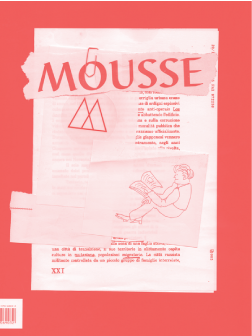Interview with: Broken Dimanche Press
You may remember Broken Dimanche Press from our post a few weeks back. Last Tuesday I went to visit co-founder and associate editor John Holten at the office of FUK Lab in Stattbad Berlin-Wedding. FUK is a young graphic design agency operating from the abandoned swimming pool (Stattbad) in Berlin and work in close, symbiotic collaboration with Broken Dimanche Press. An interview with John Holten after read more.
Where does the name ‘Broken Dimanche Press’ derives from?
Dimanche-Le Journal d’un Seul Jour was a one-day newspaper that Yves Klein released on Sunday 27 November, 1960. It is most famous for being the first time that the photo-montage commonly known as The Leap Into The Void was published. The photograph depicts the artist leaping from his dealer’s second-story window into the void. It inspired numerous artists to explore their bodies as a medium for art. Line Madsen Simenstad (who co-founded the press with me) and I both lived on Sonntagstrasse here in Berlin. So we just had the idea to take the image of the falling man, this idea of artists out of the element, suspended, willing to experiment, try things out. And of course with the proviso that we can fall, break, destroy in order to create something. The original Dimanche newspaper combines appropriation, performance, actionism, conceptual art, and photo-montage all in one, and hints at the range of art movements just then coming into existence. Our press is (without being pretentious) like the original “Dimache” a sort of platform to present something new, and in some cases to play with medium. We want artists to make books, and writers to experiment with materiality – why spend years writing a book and then give the production of the object, the enduring presentation of your work, to bored design teams and marketing departments, as is the case with most commercial publishing? No – we are for full collaboration! Publishing, every aspect of it, is an artistic gesture with political, artistic and, in third place, commercial implications. To print is a performance!
(“Dimanche” by Yves Klein, 1960)
How did the Broken Dimanche Press come to existence?
We started BDP about three years ago when Line and I moved from Oslo to Berlin. We had met in Paris and I’d been moving between Paris, Dublin and Oslo and we came here to work. I was writing a novel (The Readymades, which, three years later, is now finished and will be published by BDP in August) and Line was working as a freelance journalist. We wanted to meet people basically: we knew Berlin was a locus of incredible international creation. We got lucky, some money came our way, we met very quickly wonderful contributors. And of course we came across FUK Laboratories – they’re extremely talented at book-making! We got content for our first book You Are Here, very complex content in five languages and a variety of genre and over email we sent them all the material and it was amazing to meet them at the end of the process – they surpassed all expectations, we saw eye-to-eye on how design can give spatial life to editorial decisions. We went on from there: launch parties, another book project with Ann Cotten and Kerstin Cmelka, won at the Charlemagne European Prize for You Are Here, spread the work across Europe. Now we have the Büro BDP in Neukölln, and have been joined with a new Danish editor Ida Bencke who’s done fantastic work cementing the structure of what is, after all, a fictional publishing house, and co-ordinating our ‘Exhibiting Literature’ series. Coming into existence is as much about learning how not to exist, how each public front of the press is really an illusion hiding just more plans, more projects.
How important is Form for your publications?
Form in a sense comes close to being as important as content, this is one of the reasons we work so closely together with our graphic designers FUK. Today anybody can make a book using POD. We celebrate the book-object through FUK’s singular design work. A beautiful, well-crafted book has to be celebrated in today’s world – nobody ever finds a gorgeous book in any superfluous! That’s what commercial publishers have forgotten. We’ve worked with the same pocket paperback size, with the belief that constraints can breed invention, so our books are 127 x 184 mm: in this frame FUK, working with the content, Ann Cotten and Kerstin Cmelka, have produced unique books each time. In our journal The Kakofonie we can give ourselves the freedom to step away from the conventional methods and form and experiment with the concept of pan-European internationalism. It contains art, literature and politics and contributions aren’t translated. So far The Kakofonie has been a PDF poster series, a poster, a flyer and online video collection we’ve screened or will screen in Oslo, Dublin and Berlin. We have big plans for The Kakofonie – its form will mirror, we hope, the world’s own formal diversity. Or as Thomas Hirschhorn put it: art’s mission is ‘to give a form that can create the conditions for thinking something that has not yet existed.’
(“I, Coleoptile”, Broken Dimanche Press)
(“You are here”, Broken Dimanche Press)




